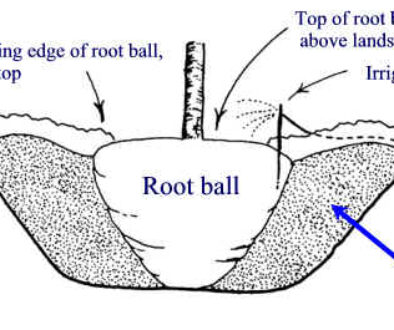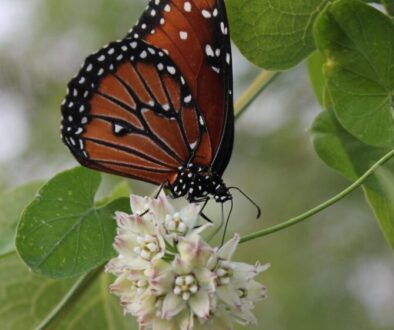The Tuna Can Test: How Efficient Are Your Sprinklers?
Irrigation sprinklers for turf typically spray out in one direction, in ranges of 30, 60, 90, 180, 270, or 360 degrees, depending on the brand and model. Many sprinklers automatically rotate with water pressure to reach even more surface area. How do you know if your sprinklers are covering as much of the surface area of your turf as possible with as little overlap as possible?
The Tuna Can Test
Let’s say you have some yellow patches in your grass and you want to know what’s going on. The first thing you should check is the water. The easiest method to check the efficacy and efficiency of your turf sprinkler system is often called the “Tuna Can Test” or “Catch Can Test.” The name comes from your very scientific tool of measurement: any short, wide, cylindrical container heavy enough to not be knocked over by spraying water. Emptied tuna cans work perfectly for this purpose.
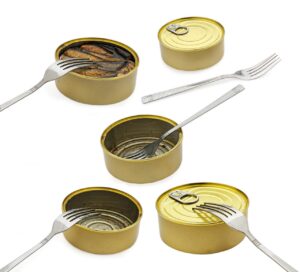
Take as many tuna cans as you have (preferably at least two dozen for an accurate test) and lay them out evenly spaced in all directions across your experiment’s testing area. Maybe put a rock inside each one to help weigh them down in case birds or bunnies get curious. Numbering each can and drawing yourself a little graph might be helpful for later.
Let your irrigation cycle run. As soon as the sprinkler cycle ends, head outside. Check the depth of water in each can by putting them on a level surface one at a time (without forgetting your spot) and reading the depth with a ruler. Some cans may have significantly less water than others. Others you may only be able to tell by measurement.
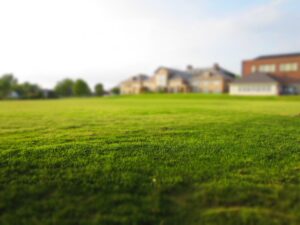
Extra water means that there is too much overlap in the range of two or more of your sprinkler heads at their current angles. Too little water means, unsurprisingly, that your sprinkler heads may be missing an area entirely. The perfect turf space has equal water in every tuna can. Remedial action only needs to be taken if certain parts of your lawn are visibly in poorer condition than others.
This test is a great first step for troubleshooting issues with your lawn. Perhaps the yellowing in your grass was actually from overwatering when you assumed that it was underwatering, or vice versa. Now is the time to tweak the angles of your sprinklers to be more even, or to realize that your water pressure is inadequate in a certain section of your yard. If tweaking your water delivery doesn’t help after a month, you’ll know that there are other problems afoot. Nitrogen deprivation, thatch buildup, salt buildup, and poor drainage are things to investigate next. At least you’ll know from the Tuna Can Test that water isn’t the underlying issue!
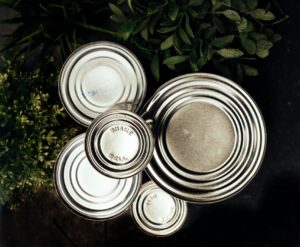
ELS Maintenance regularly checks for sprinkler coverage at every community under our care in order to assure the healthiest turf possible. If you know of a community or commercial property looking for a new landscaping company, email us at contactus@evergreenaz.com and we’ll get started!



